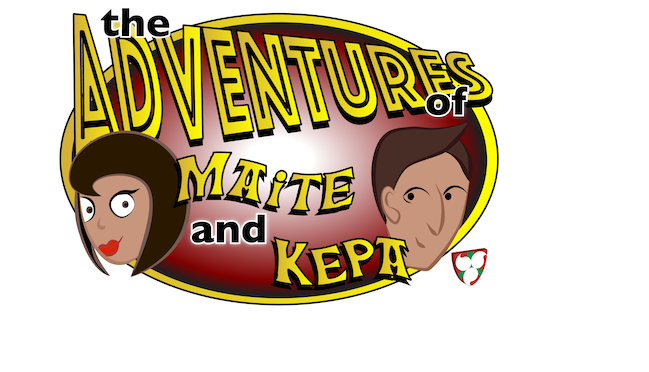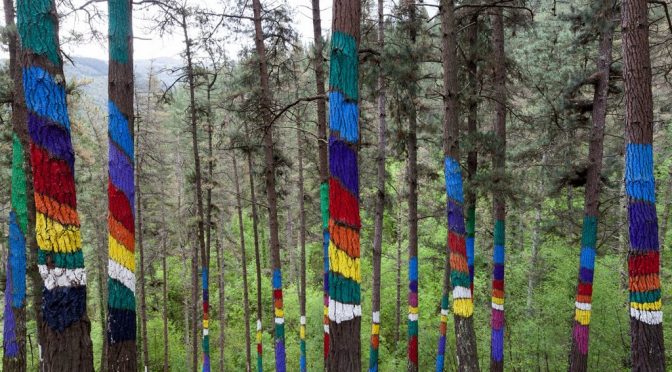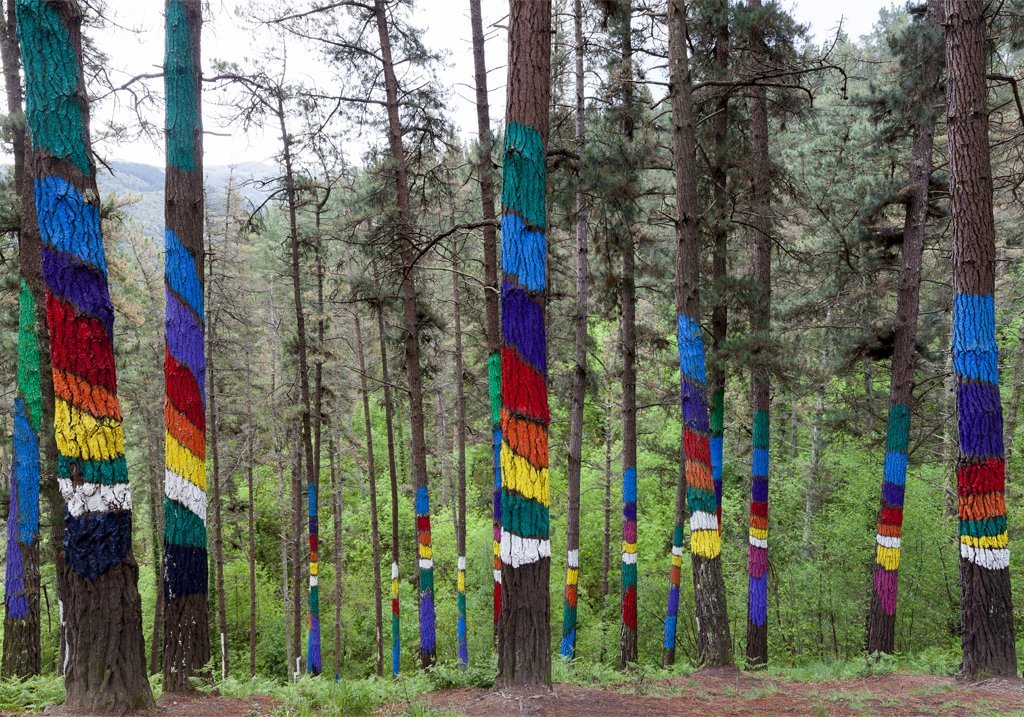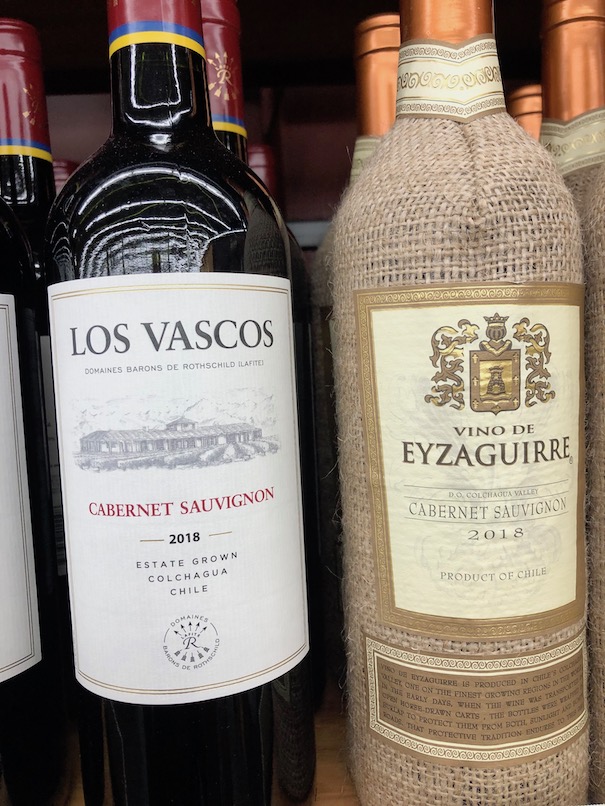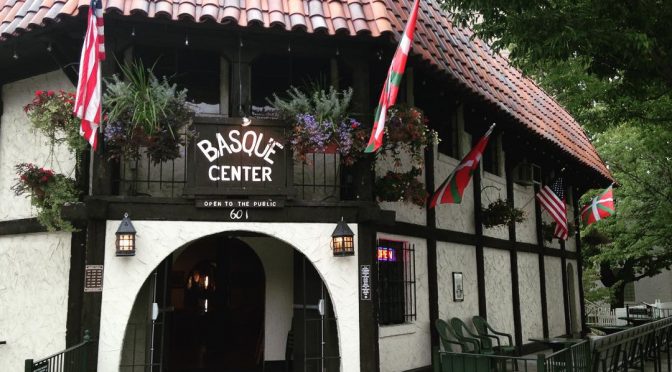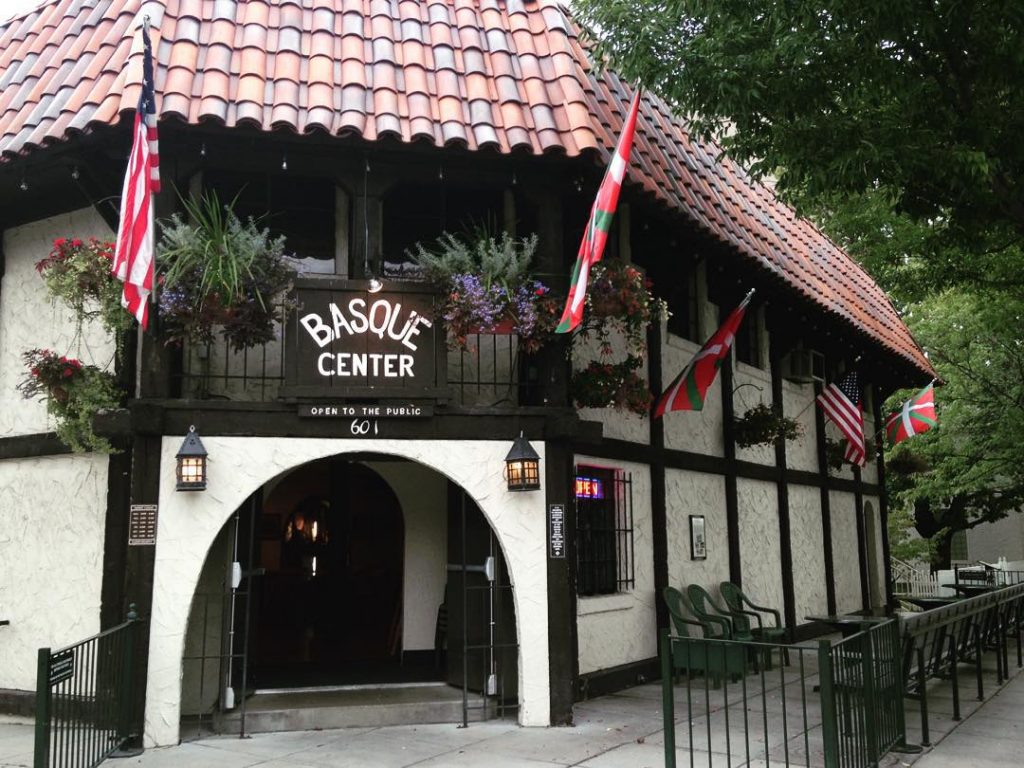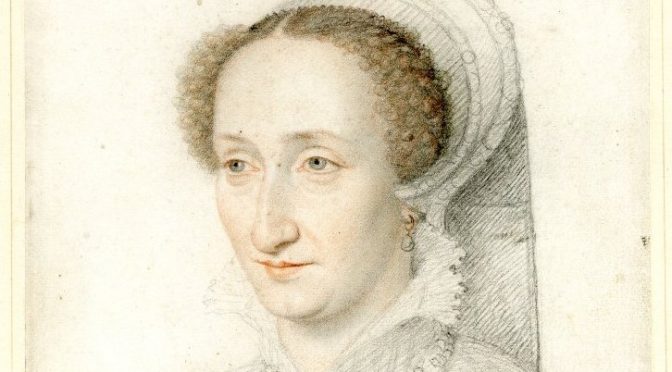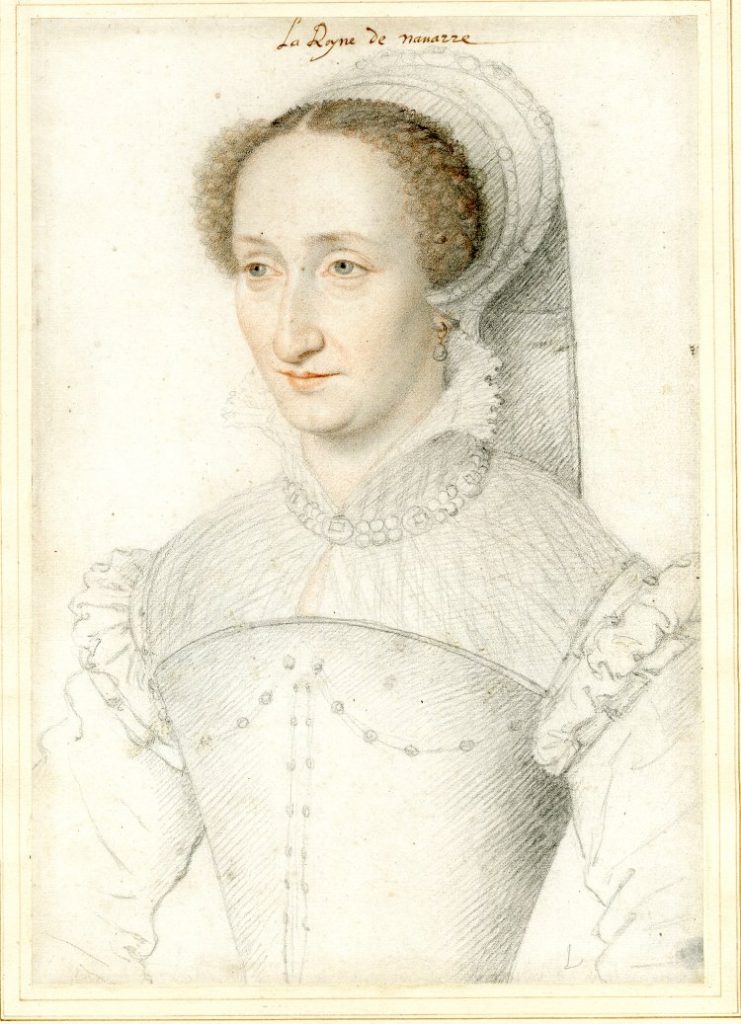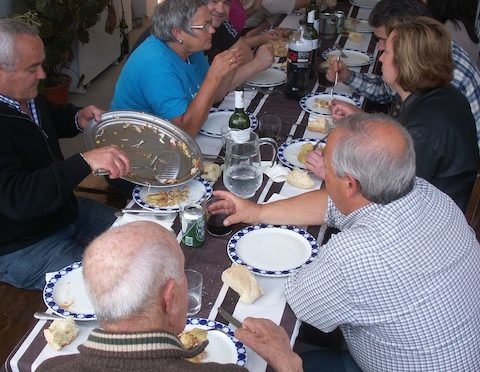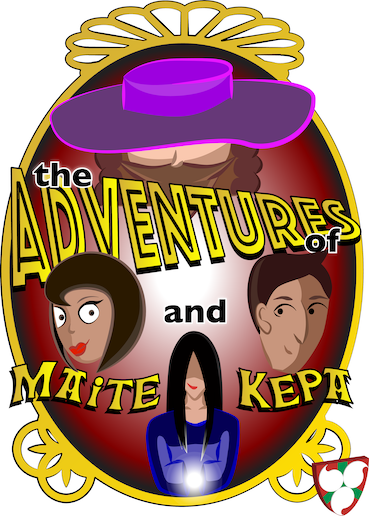
Donny slowly slid off his saddle, his boots stirring up a small cloud of dust when they hit the dry ground. His horse was panting hard and frothing at the mouth, but Donny paid it no heed. His attention was focused on Kepa and Maite, who stood just behind him.
“I admit,” said Donny as he spit into the dirt. “That was some chase. I haven’t ridden so hard since I was a boy.” His face cracked into a smile that Maite could only call evil. “I guess it’s only fitting that you make me work for this, boy.”
Donny took a few steps forward as Kepa stepped back instinctively.
“Like I said,” barked Donny, waving his gun, “you better stay out here, or the whole thing goes up in flames.”
He took another step forward. “I don’t know what you did back there, with that light trick, but my boy, my cousin, isn’t looking too good after that last trick you pulled. We had to put down his horse. And he might not make it himself.”
“It was self defense,” seethed Kepa through gritted teeth, his hand behind his back holding strong to Maite’s. “He was trying to kill us.”
Donny shrugged. “Maybe. Who can say? All I know is that he’s the one hurt and here you are, with your honey. What do you think the sheriff will think?”
“That’s a good question. Let’s go ask him.”
Donny paused, his hand on his chin as he pretended to think about Kepa’s suggestion. But after a moment, he continued. “Nah, we don’t have to involve the poor man. I’ve got a better idea.”
Kepa watched as Donny opened the chamber of his revolver and let the few remaining bullets tumble out and into the dirt. His eyes on Kepa, he reached into his vest and pulled out something. Kepa was startled to see that it was glowing.
“Kepa!” whispered Maite in his ear. “It’s the…”
“Badakit,” interrupted Kepa as he squeezed her hand. “I know. It’s the zatia.”
“You see,” said Donny, oblivious to their conversation, “I found this bullet – “ he held up the glowing object between his finger and thumb “ – on the body of a dead sheepherder.”
“A sheepherder you killed, I imagine,” interrupted Maite.
Donny shrugged. “I didn’t say that. But it don’t matter. The man was dead, and I found this on him, tucked into his pocket. Seemed weird that he carried a bullet that way, but I took it, saving it for a special occasion. And now, it only seems proper that it returns to the body of another sheepherder.”
He slowly slid the bullet into the chamber of his revolver. Maite gasped as the chamber clicked closed and Donny pointed it at them. Kepa shifted slightly to position himself even more completely between Donny and Maite.
“So, is that your plan?” asked Kepa. “You’re just going to shoot me? Here? In front of everyone?” He pointed to the windows surrounding them. Most had their lights on and a few shadowy figures were silhouetted in their frames.
Donny looked around. “What are they going to do? Turn me in? Say I shot an unarmed man in cold blood?” He raised his voice so that everyone could hear him. “Not if they know what’s good for them, they won’t.”
Kepa saw more than a few shadows withdraw and a few lights go out. He realized no one was going to come to their rescue.
Donny lifted his revolver, aiming it at Kepa’s heart. Kepa, feeling Maite’s breath on the back of his neck, squeezed her hand.
“I’ll see you soon,” he whispered. Glaring at Donny, he yelled “Shoot me already, you damn coward! What are you waiting for? Shoot!”
Donny’s face twisted in rage as he pulled the trigger. Kepa watched, almost as if in slow motion, as the bright light of the zatia flew across the space separating them. Maite screamed in his ear, but her voice seemed far away. He felt the bullet rip through his chest, cracking bones and tearing flesh as pain exploded in his body. His heart burst just as a bright white light filled his vision.
If you get this post via email, the return-to address goes no where, so please write blas@buber.net if you want to get in touch with me.

